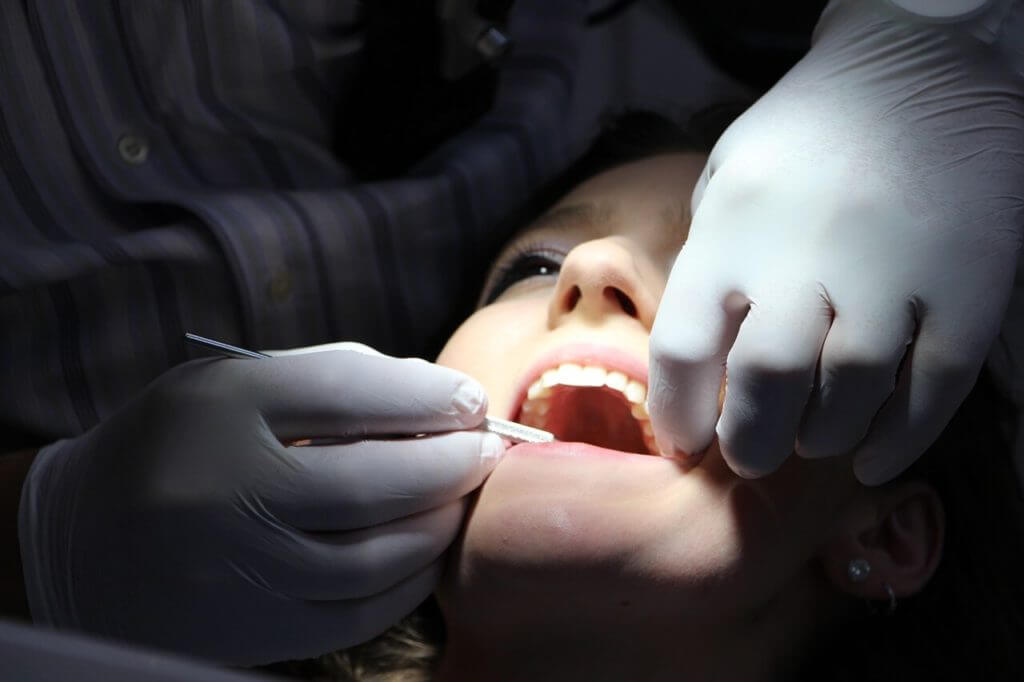 Lately I have been seeing a lot of advertising and interest in “do it yourself” orthodontics. Multiple start-up companies are heading to the internet to promote “clear braces” – all completed in the comfort of your own home. While this may seem compelling to some, caution should be taken when considering something as personal and important as the alignment of your teeth. Though it may be possible to correct some minor orthodontic issues with a do-it-yourself program, bypassing your general dentist or orthodontist to improve your smile can be an ill-advised treatment option.
Lately I have been seeing a lot of advertising and interest in “do it yourself” orthodontics. Multiple start-up companies are heading to the internet to promote “clear braces” – all completed in the comfort of your own home. While this may seem compelling to some, caution should be taken when considering something as personal and important as the alignment of your teeth. Though it may be possible to correct some minor orthodontic issues with a do-it-yourself program, bypassing your general dentist or orthodontist to improve your smile can be an ill-advised treatment option.
The most comparable version of do-it-yourself orthodontic treatment is the Invisalign program, a service offered by Cascadia Dentistry and other general dentists as well as many orthodontists. A big consideration for Invisalign versus traditional braces is whether you are even a good candidate for one option or the other. There are many ways teeth can move and not all of them are easy. Similarly, health considerations and general overall dental health is important to consider when deciding between these two options. For instance, some patients should not move their teeth at all due to poor periodontal health. If you suffer from uncontrolled periodontitis, moving your teeth can lead to a significant worsening of your condition. Do-it-yourself orthodontics programs may indicate they have qualified and trained professionals to make the assessment as to whether you are a good candidate for treatment, but their ability to do so is limited without seeing you in person for an exam.
Assuming that you are a good candidate for Invisalign over traditional braces, there remain other considerations for safely performing do-it-yourself braces. Once we establish that you are a good candidate for Invisalign, we work closely with orthodontists and technicians online to establish a customized treatment plan. Treatment plans vary significantly, however, they typically involve placing tooth-colored attachments on your teeth to give each tray the anchorage they need. Similarly, we periodically need to perform a procedure throughout your treatment progression to make minor adjustments to your teeth to allow for more room for movements. Both of these treatments should only be performed by a trained professional and without them, your ultimate goal of straighter teeth and a healthier smile may not be achievable.
If you would like to discuss further, please contact us today. We are always a resource to discuss your treatment options so that you make an informed decision for your oral health.

